What You Need to Know About Subdivision Earthworks
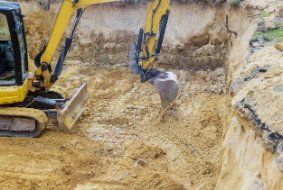
Before beginning, a subdivision earthworks project, you must consider several factors. These factors include site contours, soils, geotechnical constraints, fault hazard lines, and landscape assets. The process should also take into consideration opportunities and limitations. For this reason, it is crucial to plan for each factor in advance.
Excavation
Excavation for subdivision earthworks involves the removal of soil from a site for various purposes. It may include laying a foundation, digging a drainage ditch, or any other construction project. In some cases, the soil is reused for landscaping purposes.
There are two main types of excavation for subdivision earthworks, borrow and dredge. Borrow pit is a process in which soil, sand, gravel, or a combination of these materials is borrowed from another site - this is commonly required for filling, levelling, backfilling, or installing grading and embankment. Borrow excavation may also involve mixing materials.
The type of earthworks and the time of year they take place significantly impact their local environment. Consequently, the proper methods for earthworks should be chosen and adapted to the local conditions. It is also essential to consider the sensitivity of the environment, as certain areas may be ineligible for subdivision. In such cases, mitigation may be required.
Earthworks are essential to all development projects and can make or break the project. They must be planned carefully and require expert advice. Otherwise, poor earthworks will only lead to further complications and costs. For these reasons, earthwork professionals are crucial to the success of your development project. Whether you're constructing a residential development or a road, earthworks are essential to a successful project.
Whether you're building a house, building a bridge, or building a subdivision, excavation is a necessary step to complete. Aside from being essential for foundations, excavations are also required for footings. This type of excavation requires more precision and may require concrete pours.
Depending on the type of vegetation cover surrounding the land, earthwork activities can adversely impact the environment. Some of the most common effects of earthwork activities include soil erosion and airborne dust. These natural effects vary depending on the soil type, rainfall, and land cover.
Different types of earthworks require various tools and techniques. Some excavations are underground and require tunnels, subways, and horizontal shafts. They are used to construct roads, sewers, canals, and subterranean passages.
Consents
Before you begin your subdivision plans, you should seek your local council's approval. Subdivision consents are required for various land-use activities, such as building or subdivision earthworks. They are usually granted for an unlimited period but can lapse after five years if the development is not carried out. Subdivision consents can require several other approvals, such as engineering consents and cadastral surveyor approvals.
Your consent notices should include information identifying the matters requiring consent. For example, you must assess the risk of flooding as part of your subdivision application. If the risk of flooding is a factor, you may have to seek new resource consent for the work. Also, you must be sure that any information you submit is accurate. In addition, any subsequent approval processes may not override the necessity to follow resource consent requirements.
Your consent application should include details of your proposed earthworks. While general consent will cover general conditions, you may need specific permission for specific elements, including roads, drainage pipes, and landscaping - your application must include all of these elements and your proposed mitigation measures.
You can also add specific conditions to your consent notices that control how your subdivision will develop after approval. However, it is essential to note that these conditions may not be applicable in all circumstances.
Before your subdivision plan is finalised, you should have a detailed outline of all the necessary conditions to implement your plan. For example, if you're implementing a road on a piece of land, you should include a plan of where it will be located. If your project does not have a road, it may not meet the criteria for a building permit.
A subdivision consent will typically contain several conditions, including engineering approvals and other requirements. For example, your consent may require that you engage a cadastral surveyor, or you can request this through your local council - this is a mandatory step. A certified survey plan will help ensure that your subdivision plan is accurate.
Quality Control
Quality control for subdivision earthworks should focus on the impact of earthworks on the surrounding environment - this can be accomplished through various methods. The most effective way is the implementation of erosion control measures - this can include track rolling, contour drains, and progressive stabilisation of areas that have been finished. In addition, the process should reduce overall disturbance to the environment.
The level of detail required in the QC Plan depends on the complexity and size of the construction project. The Model QC Plan is a template but should be adapted to suit the specific project. The QC Plan should contain appropriate samples of forms and reports. For example, a certain contractor’s quality control plan details the resources and procedures required to control the quality of associated Work and Earthwork materials.
Experts in the field should be consulted to identify the best methods of managing the effects of earthworks on the area - this can be challenging, so it is crucial to develop a process to integrate conflicting advice and assess the suitability of methods. The first step in the evaluation should involve setting the surrounding area and the risks created by the earthworks. In addition, it is necessary to weigh up the costs and benefits of each method.
To meet the requirements of the territorial authority, earthworks should meet a set of performance standards. The standards should be based on the area and volume of the earthwork, the height/depth of the cut/fill, and the slope of the earthwork. The rules are often focused on visual quality and amenity values, as well as the stability of the land. Generally, minor earthworks are permitted if they meet the performance standards.
The responsibilities of territorial authorities and regional councils for subdivision earthworks vary. Developing and applying regional policy statements should clarify which bodies are responsible for regional earthworks management. In addition, district plans should give effect to these policies and should identify the specific issues and effects of earthworks in each area.
If you need help with subdivision earthworks, contact our team at 02 4202 6381 to discuss your requirements!
You Might Also Like

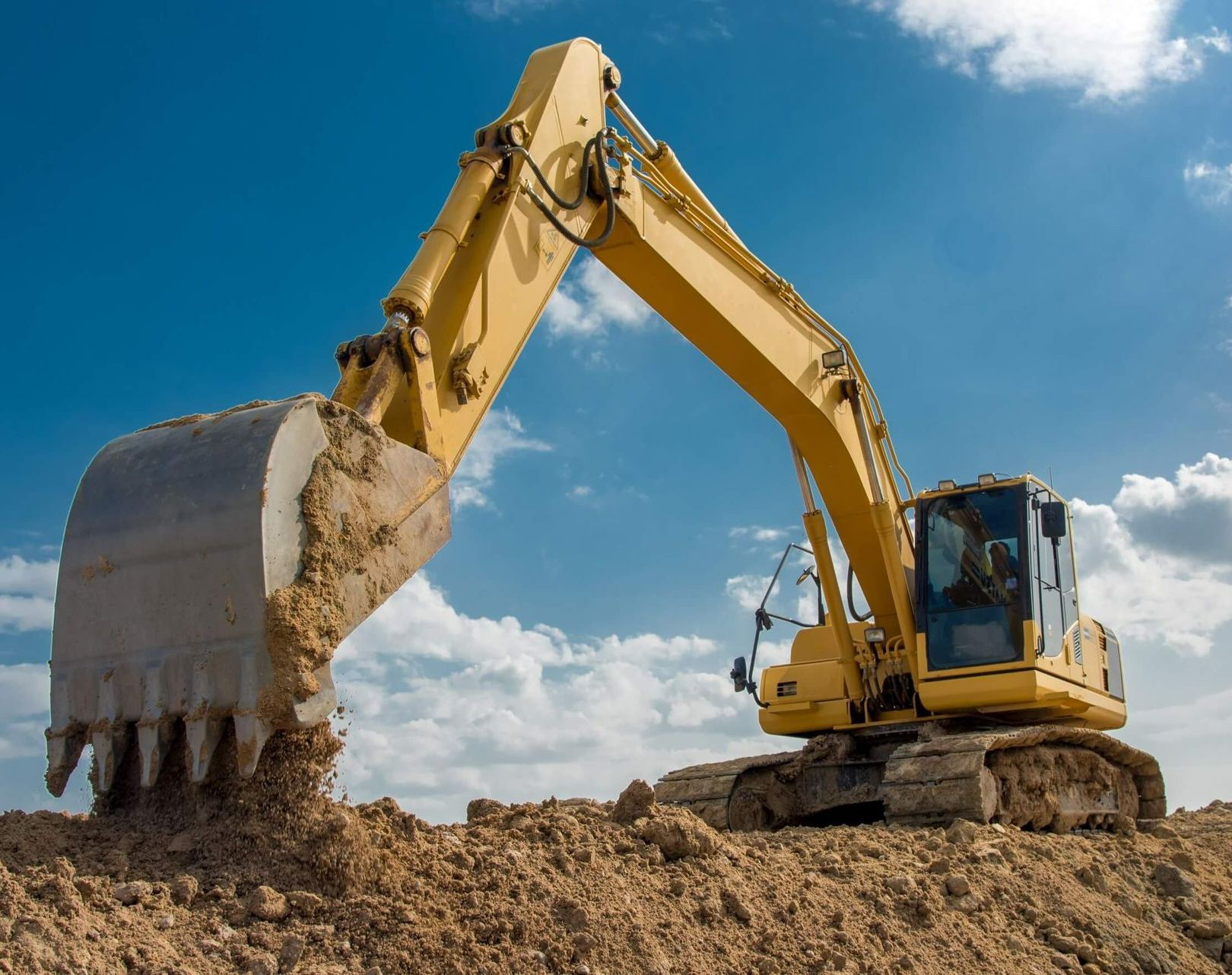



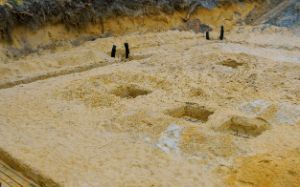

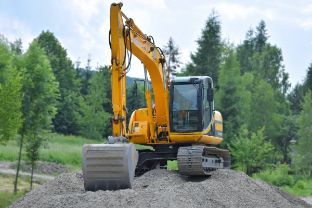
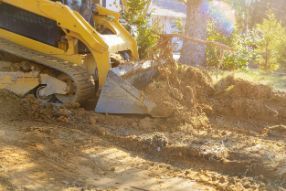
Free Instant Quote
**plus FREE bonus coupon**
Contact Form
We will get back to you as soon as possible.
Please try again later.
© 2022 AR Excavation Wollongong
This is a referral site.